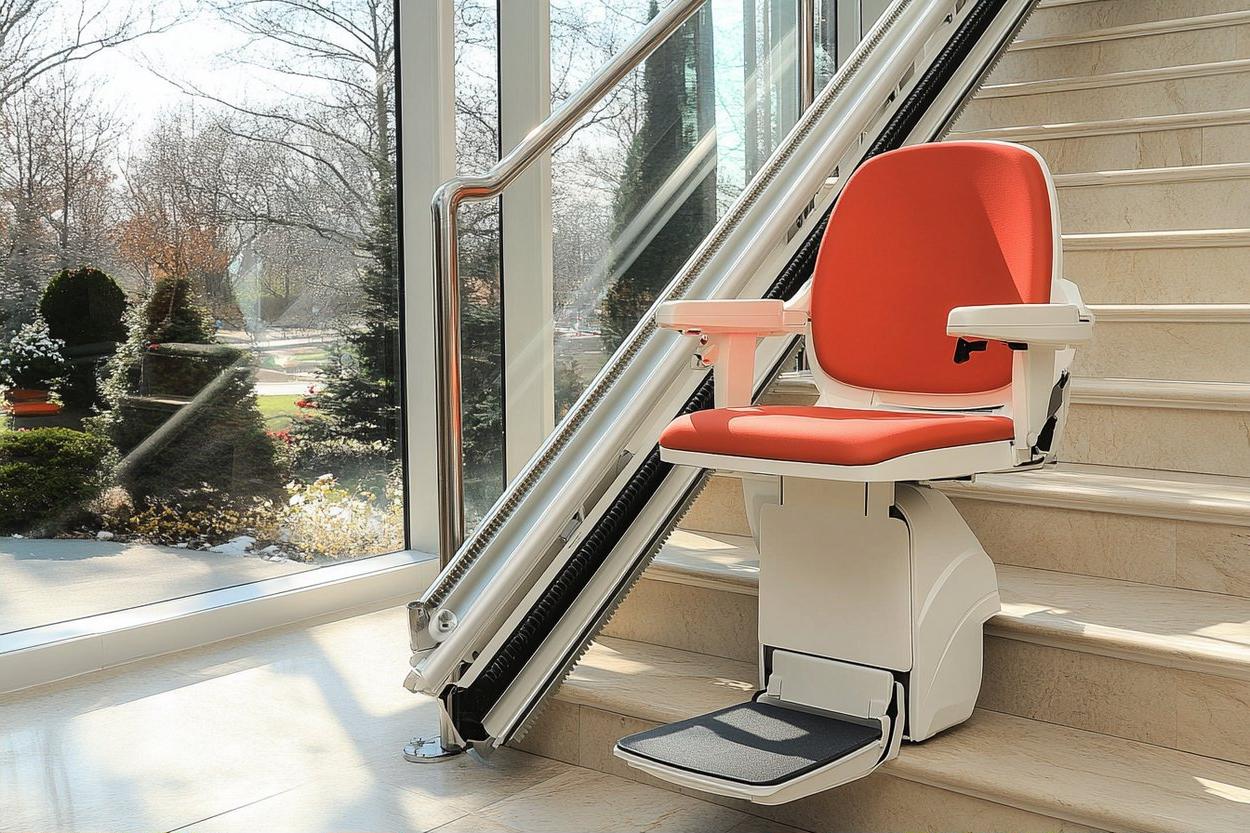Drain Cleaning : Simple DIY Fixes Every Homeowner Should Know!
Blocked drains are a common headache, but you don't always need to call in the pros. With the right techniques, many clogs can be cleared using basic tools or household items. These expert-approved drain cleaning tricks can save you time, stress, and money.

Understanding Common Drain Issues and Their Causes
Identifying the root cause of drain problems is the first step toward an effective solution. Kitchen sinks typically clog due to food particles, grease, and oil buildup that gradually accumulates on pipe walls. Bathroom drains, on the other hand, commonly suffer from hair and soap scum blockages that form over time. Toilet clogs usually result from excessive toilet paper or flushing inappropriate items. In laundry rooms, lint from clothing can create stubborn blockages in drainage pipes.
Environmental factors can also play a role in drain problems. Hard water deposits containing minerals like calcium and magnesium can build up inside pipes, reducing water flow and eventually leading to blockages. Tree roots seeking moisture can infiltrate outdoor drainage systems through small cracks or joints, creating significant blockages that may require professional attention. Understanding these different causes helps determine the most appropriate DIY approach.
DIY Tricks for Unclogging Drains Quickly
When facing a clogged drain, several effective techniques can restore proper flow without harsh chemicals. The trusty plunger remains one of the most versatile drain-clearing tools. For sinks, ensure you cover the overflow outlet and create a tight seal around the drain before plunging with several vigorous motions. For toilets, use a flange plunger designed specifically for the toilet bowl shape.
The manual drain snake, also called an auger, offers another powerful solution for more stubborn clogs. These flexible metal coils can navigate through pipes to either break up or retrieve blockages. Insert the snake into the drain, turn the handle clockwise while pushing forward until you encounter resistance, then rotate while pulling back to break apart or hook onto the obstruction. For bathroom sinks and tubs, removing and cleaning the P-trap (the curved pipe section under the sink) can often resolve slow drainage issues by eliminating accumulated debris.
Natural Remedies for Drain Cleaning
For environmentally conscious homeowners, several natural solutions offer effective drain cleaning without harmful chemicals. The classic combination of baking soda and vinegar creates a bubbling chemical reaction that helps dislodge minor blockages and neutralize odors. Pour half a cup of baking soda down the drain, followed by half a cup of white vinegar. Cover the drain for 30 minutes, then flush with hot water.
Boiling water alone can be surprisingly effective for grease-based clogs, as the heat helps melt and dislodge fatty deposits. For regular maintenance, pouring boiling water down drains weekly can prevent buildup. Salt mixed with baking soda (half a cup of each) followed by boiling water creates a natural scouring solution that can break down mild blockages. For kitchen sinks specifically, a mixture of lemon juice and baking soda not only clears minor clogs but also leaves a fresh citrus scent.
Advanced Tools for Tackling Stubborn Clogs
When conventional methods fail, more specialized tools can help address persistent drainage problems. Hydro jets use high-pressure water to blast through tough blockages and clean pipe walls. While professional-grade hydro jets require training, consumer versions are available for homeowner use on minor to moderate clogs. These systems are particularly effective against grease and sludge buildup in kitchen drains.
Air pressure cleaners offer another powerful option. These devices use compressed air to create a strong force that can dislodge blockages without damaging pipes. They’re especially useful for bathroom drains where hair and soap scum create resistant clogs. For visual inspection of problematic drains, endoscopic drain cameras with LED lights allow homeowners to see exactly what’s causing the blockage, making it easier to determine the appropriate solution. These cameras connect to smartphones or tablets, providing real-time footage of pipe interiors.
Preventative Measures for Keeping Drains Clear
Prevention is ultimately the most cost-effective approach to drain maintenance. Installing drain strainers or guards in kitchen sinks, showers, and bath tubs catches hair, food particles, and other potential clog-causing materials before they enter your plumbing system. These inexpensive devices require regular cleaning but can prevent major blockages.
Establish proper disposal habits by never pouring grease or oil down kitchen drains—instead, collect cooled grease in containers for disposal. Avoid flushing anything besides toilet paper and human waste down toilets, including so-called “flushable” wipes that often don’t break down adequately. Running hot water through drains for 15-30 seconds after each use helps prevent material from sticking to pipe walls.
Monthly maintenance with natural cleaning solutions can prevent buildup before it becomes problematic. The baking soda and vinegar method described earlier works well as a preventative measure. Additionally, biological drain cleaners containing beneficial bacteria and enzymes that break down organic material offer a safe, environmentally friendly option for regular maintenance, particularly for kitchen drains where food waste accumulates.
By understanding the causes of drain problems and implementing these DIY solutions and preventative measures, homeowners can maintain properly functioning plumbing systems and avoid costly emergency repairs. While severe blockages may still require professional intervention, these techniques should address the majority of common drain issues that occur in the typical household.




